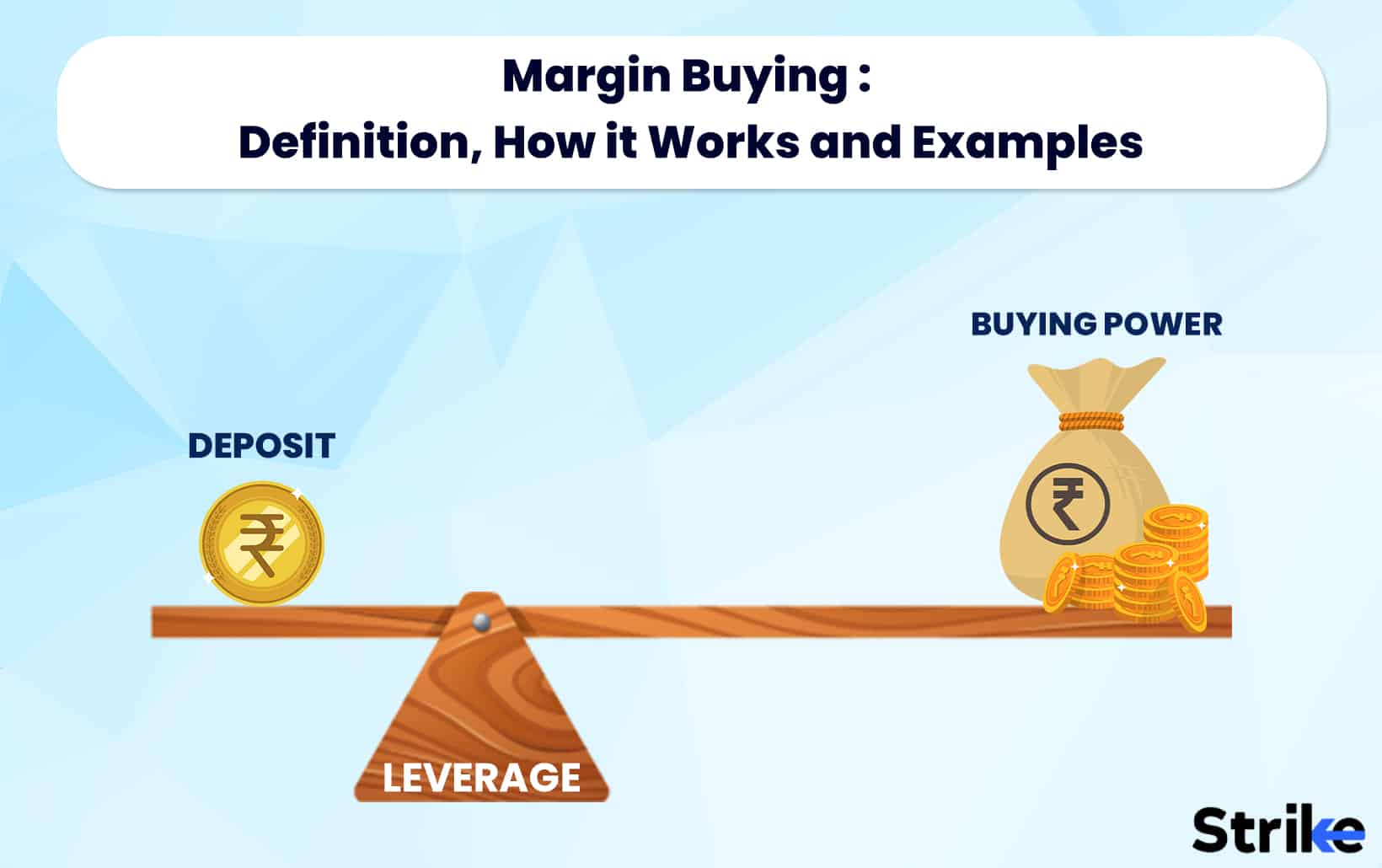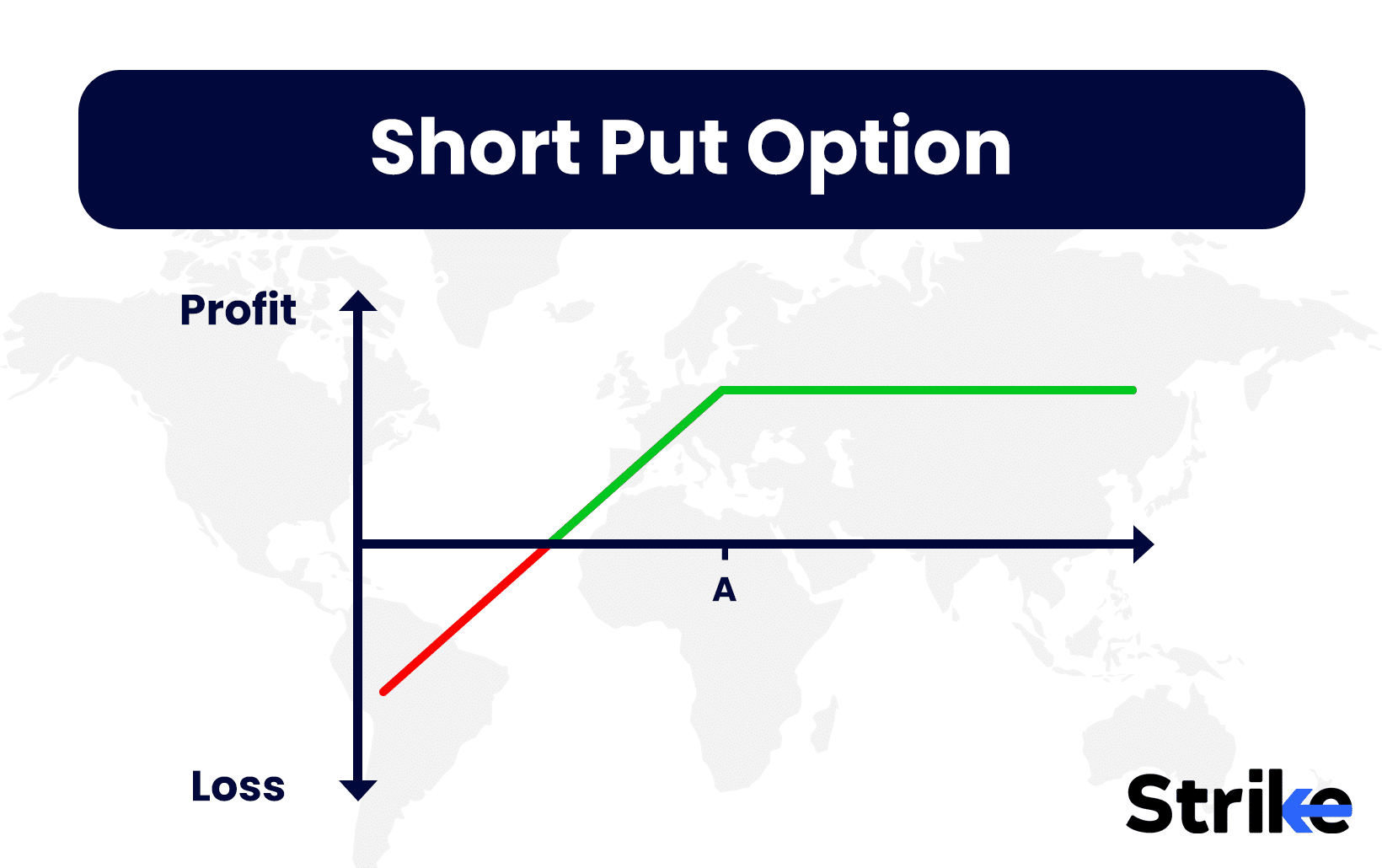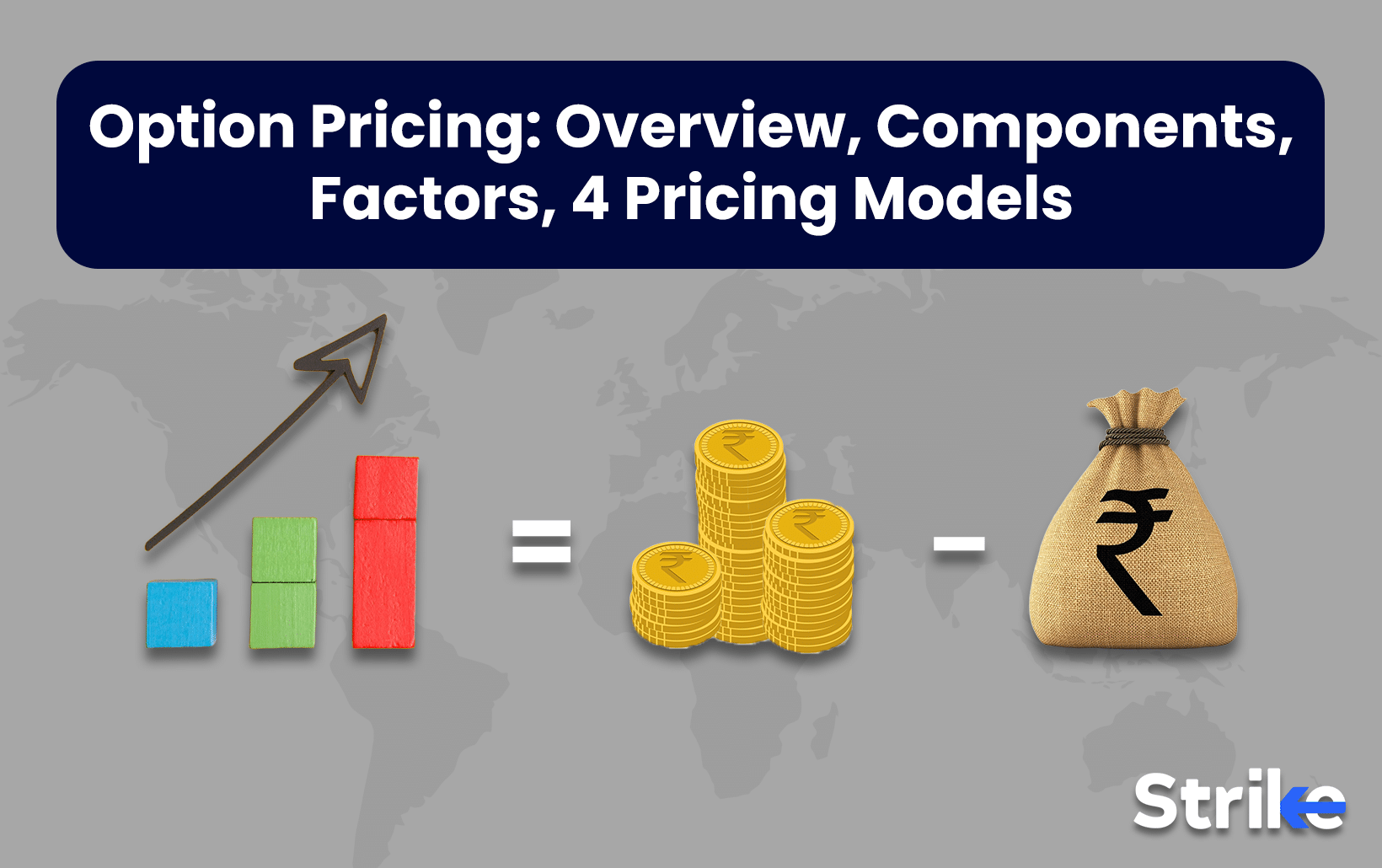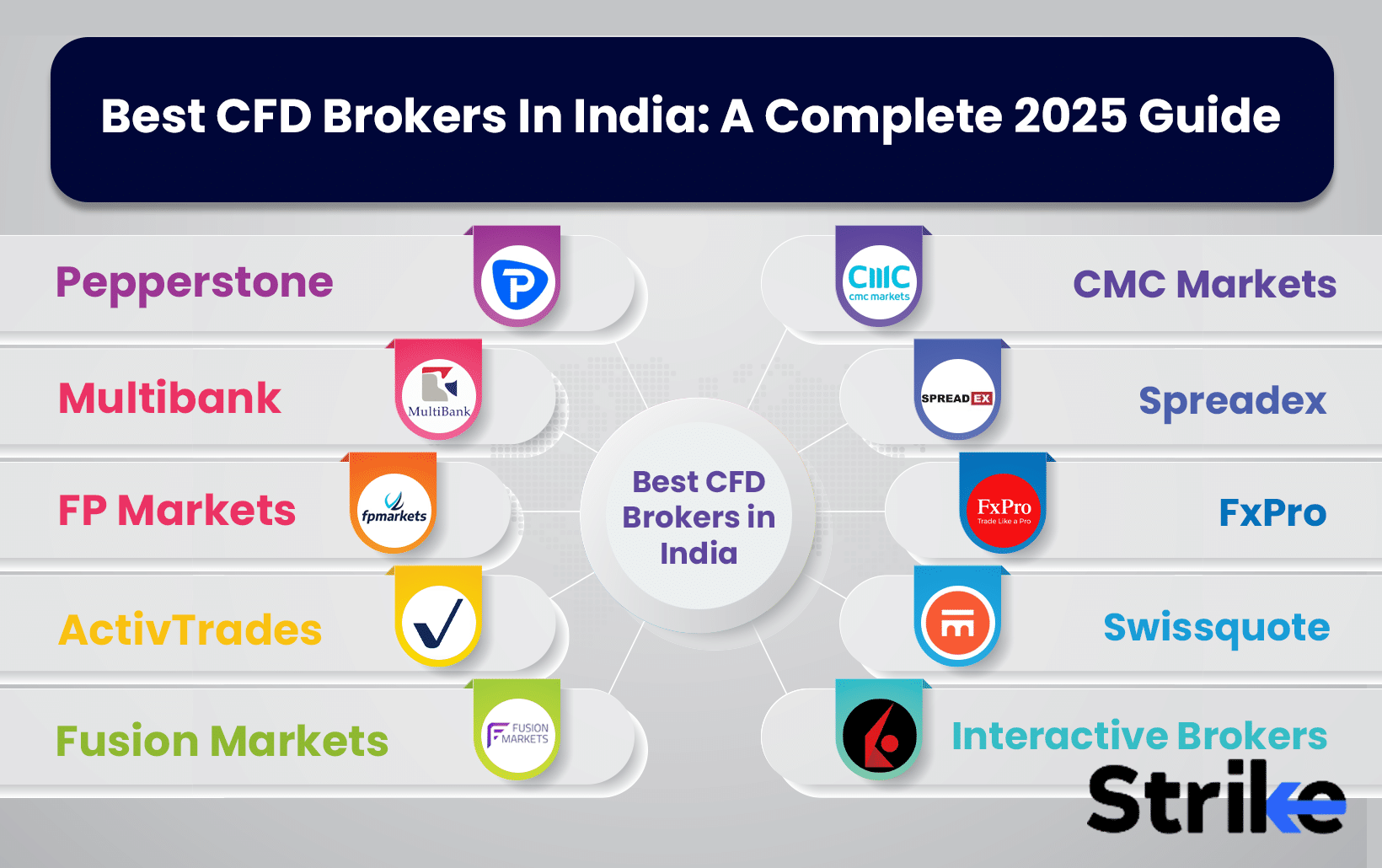Margin buying is the process of borrowing money from your bank or a broker to purchase assets by using his existing marginal investments or cash as collateral. Margin buying works similar to taking a loan from a bank and the investor also has to pay a fixed rate of interest on the borrowed amount to the bank or a broker. Buying assets on margin magnifies both the potential profit and loss of the position.
An investor must open a margin account for buying assets on margin. This is separate from the regular cash account. It is totally up to an investor whether he wants to take the margin and leverage his position or not. Opening a margin account becomes mandatory when an investor wants to sell a stock.
Buying on margin increases the purchasing power of an investor. This means that an investor will be able to buy more stocks even if he doesn’t have the cash to pay for it with the help of margin. An investor also has to maintain a positive net margin in his margin account. The broker initiates a margin call, if the investor fails to maintain a positive net margin.
The broker then asks an investor to add further equity into his margin account to balance the margin requirement. The broker has the right to liquidate the open positions of the investor to meet the minimum margin requirement if the investor fails to do this.
Let us take an example of how buying stocks on margin actually looks like. Assume that Mr A wants to buy a share of XYZ company which is currently trading at Rs 500 per share. He notifies his broker telling him that he only has the capacity to buy 70% of the total value of this stock which comes out to be Rs 350. The broker agrees to pay the rest 30% which is Rs 150 with the only condition that Mr A obliges with all margin rules and maintains a positive margin in his margin account throughout the trade. Let us say that the stock goes to Rs 600 and Mr. A is happy with this trade. He tells his broker to sell the stock.
The broker liquidates his position and redeems the borrowed amount from the total amount. Mr. A receives Rs 450 making a profit of Rs 100 at the end. Since Mr A made this profit by only investing Rs 350, Mr A gained a total return of 28.5%. If Mr A would have decided to buy the stock all by himself (which meant paying the total Rs 500 all by himself) the total return gained by Mr A would have come down to 20%. This is how buying stocks on margin magnifies your returns. But on the other hand, leveraging your position also causes you to have catastrophic losses, if the stock goes against you.
What is margin buying?
Margin buying is the process of getting a loan from your broker to invest in securities when you don’t have enough balance to buy the desired quantity. This usually happens when the investor does not have enough funds with them.
Buying securities on margin increases the purchasing limit of an investor which means that they could now buy more assets than what they could actually afford. Buying on margin is also called leveraging positions. These leveraged positions expose the investor with the possibility of more profits as well as more losses.
Buying stocks by borrowing from a broker is similar to taking a loan. An investor has to pay a portion of the stock and pay the remaining portion with the funds borrowed. The investor then has to pay a rate of interest on the borrowed amount at fixed intervals similar to loans.
This is why most investors do not hold the investments made on margin for a long time. The overall returns get reduced in the long-term, as the level of debt rises. Stocks bought on margin are mostly short-term investments.
What is the history of margin buying in the US?
Margin buying was first seen in action during the 1920s. Investors during those years speculated that prices would increase and started buying more stocks on margin. The stock market was seen as a phenomenon and the people didn’t expect or even think of the possibility that prices could go down just as fast.
The end of the first world war brought a ray of optimism and confidence in the US. Many people thought that the stock market would only go up and make them rich though the stock market was still considered as a risky investment. The regulations related to margin trading in the US were also not well-defined in the 1920’s. But the volume of investments rose as more people started to invest their money, causing the stock prices to rally. This came to a point where the people who didn’t have any money started buying stocks on credit. This is when margin trading first started being used excessively in the US.
During the 1920s, people would buy stock on margin which meant that they were borrowing funds from their brokers to buy more stocks. A buyer only had to pay an upfront cash of 10-20% of total value of the stock and the broker covered the rest of 80-90% of cost. This eventually created a stock market bubble which resulted into the crash of 1929 which collapsed the entire US financial system.
The federal reserve had to put on many regulations around purchasing stocks on credit after this debacle. The margin buying in today’s world is totally different from the 1920s. These are five of the broader changes.
1. An investor has to open a separate margin account with the broker.
2. An investor has to make an initial investment in his margin account.
3. The broker only allows a maximum credit of 50% on the stock’s total value.
4. An investor is required to maintain a minimum amount in his margin account. This is also called the maintenance margin.
5. The existing investments or cash in the investor’s margin account is kept as a collateral against the amount which he has borrowed.
These regulatory points have made a much more organized and transparent process for margin buying.
How does margin buying work?
Buying on margin means buying more securities with the money borrowed from a bank or a broker. Margin buying enhances an investor’s ability to purchase more securities. An investor pays a portion of the stock price and borrows money from the broker to purchase the remaining portion.
The process of buying stocks on margin is kind of similar to taking a home loan from the bank. For example, as the buyer pays a portion of the money for the house and borrows the remaining portion from the bank, the same goes with margin buying. The broker keeps the existing investments or cash as a collateral in the case of the margin buying, Just like the bank keeps the house as collateral against the amount borrowed.
An investor is required to follow regulations in order to satisfy the broker’s requirements. Following are the four things that an investor has to follow in order to buy stocks on margin:
- Margin account: Margin account makes an investor eligible to buy stocks on margin by taking debt from the broker. It is mandatory to open a margin account for buying stocks on margin. An investor will be able to open a margin account at the time of opening a standard account with the broker or be opened separately.
- Maintenance margin: Maintenance margin is the minimum limit of funds an investor must have in its margin account at all times. It is a broker obligation that an investor has to follow. The broker issues a margin call when the investor fails to maintain minimum balance in his margin account.
- Minimum margin: Minimum margin is the amount of deposit an investor has to make to open a margin account. Though this varies from broker to broker, an investor has to pay a sum of at least $2000 for opening a margin account.
- Initial margin: The percentage of the amount an investor has to deposit in order to actually buy securities is called the initial margin. An investor borrows 50% of the total value of a stock. It should be noted that some brokers also make an investor pay an initial margin of more than 50% of the total value of a stock.
Margin means debt. Similar to taking a loan from a bank, when an investor purchases assets on margin, just like any loan, they eventually have to pay it back along with interest, which varies by a brokerage firm on a particular loan amount.
Is a margin account necessary to engage in margin buying?
Yes, margin accounts are mandatory by law for engaging in margin buying. An investor is required to open a margin account to satisfy broker obligations.
Margin account gives an investor the ability to borrow funds from their broker to buy more stocks. The broker keeps the investments or cash in the margin account as collateral against the borrowed funds
An investor is required to put in and maintain a positive margin balance in the margin account. The broker issues a margin call if the investor fails to do this. The broker has the right to sell the investment until the requirement of minimum balance is met if an investor fails to add more equity into the margin account. A broker does this without the consent of the investor.
What does buying stocks on margin mean?
Buying stocks on margin means borrowing funds from your broker to buy more stocks by keeping your existing investments or cash as collateral. You buy stock on margin up to 50% of its total purchase value. Many brokers allow you to borrow funds up to 50% of a stock’s total value.
Buying stocks with the help of margin also increases an investor’s purchasing power. It is also used as a method for leveraging your position. Leveraging existing positions with the use of margin magnifies the potential profit as well as loss. Stocks bought on margin are mostly short-term investments because the broker or the bank charges a fixed rate of interest on the borrowed amount.
How to buy stocks on margin?
These are the four requirements an investor has to fulfil in order to buy stocks on margin. An investor will first have to open a margin account. This brokerage account could be opened with the standard savings account under the same agreement or be opened separately. A margin account enables an investor to take debt from the broker in order to increase his buying power.
The second part of the requirement says that an investor should have a minimum amount or positive margin in their margin account. This is also called the maintenance margin. Any failure in maintaining a positive margin triggers a margin call from the broker. Thirdly, an investor has to deposit a specific amount in their margin account. This amount is called the minimum margin.
Lastly, an investor only borrows funds for a portion of a stock’s total value. The remaining percentage of the price that an investor has to pay is called the initial margin. An investor borrows 50% of the total stock’s value.
When is the best time to buy stocks on margin?
There is no fixed best time for buying stocks on margin. The majority of investors only buy stocks on the margin because it increases their purchasing power and magnifies their profit potential. There are, however, two scenarios when it proves to be a good time for buying stocks on margin.
1. When you’re short on cash: The stock market continues to face constant rallies and declines. This causes constant market corrections to offer good quality stocks at discount. Buying stocks on margin allows you to buy these stocks at a better time even if you’re short on cash.
2. When you’re looking for short-term investments: Margin offers you leverage and leverage magnifies an investor’s potential profit. You even double your capital within a short span while using margin but beware as the margin also increases risk. It is a good time to buy stocks on margin if you see a stock ready to give a potential rally in a short span.
Buying stocks on margin is just like taking a loan from the bank. The broker charges you with a periodic interest payment which is visible on your margin account. This is why investors do not invest for the long term when buying stocks on margin.
Is buying stock on margin a good idea?
The decision to buy stock on margin or not varies from investor to investor. Buying a stock on margin could be a good idea for one set of investors and others could end up losing a lot of money using the same method. Investors should keep these two things in mind while thinking about buying stocks on margin.
1. Buying stock on margin is a good idea when an investor knows what he is doing. An investor should trade on margin only if he has enough expertise and experience.
2. Buying stock on margin is not a good idea when the investor has just begun his investment journey. A beginner investor should stay away from margin buying as it is very risky.
These are just the basic things to note before making the decision to buy on margin.
How to use Technical Analysis in Margin Buying?
Technical analysis assists in identifying optimal entry and exit points as well as risk management in margin trading. Analysis of support and resistance levels, trend lines, and moving averages is required to identify entry points. Technical indicators such as the RSI and MACD help to explain price movements.
Bollinger Bands are also used to detect overbought or oversold conditions. Chart patterns such as the head and shoulders, double tops and bottoms, triangles, and cup and handle also indicate possible entry and exit points.
Stop-loss orders, position sizing, and trailing stop-loss orders are risk management strategies that help limit potential losses while maximizing gains. The win-loss ratio and risk-reward ratio are used to assess trade performance. Margin buying is a profitable investment strategy if technical analysis is used and effective risk management strategies are implemented.
What are the different types of margin requirements?
Margin requirements were introduced to minimize the number of defaults on the borrowed amount. These margin requirements mainly focus on providing debt to investors who are capable of paying it back. There are mainly three types of margin requirements. Listed below are those in detail.
- Initial margin
The amount which an investor has to pay other than the borrowed amount, while taking a position is called as initial margin. Initial margin is used to prevent excessive speculation in the markets. An investor borrows 50% of the stock’s total purchase price. It should be noted that some brokers ask for deposits that are more than 50% of the stock’s total value.
Initial margin prevents overtrading that happens in the market. It also makes sure that the investor has the capacity to buy at least 50% of the underlying security. This decreases the chances of default by an investor.
- Minimum margin
Minimum margin is the minimum amount that an investor has to deposit to open a margin account. Minimum margin covers the certain percentage of securities that are bought and sold. An investor has to maintain a specific sum of minimum margin when his positions are open in the market.
An example of minimum margin is: Mr. A will need to deposit a minimum sum of $2000 for fulfilling the minimum margin requirements. Suppose Mr. A decides to buy some stocks on margin, he will have to make sure that he maintains at least 25% of the total value of his open positions.
The broker will ask him to add more funds, if Mr. A fails to do this. And then the broker will issue a margin call, if Mr. A is unable to add funds. Minimum margin makes sure that the broker doesn’t lend to any investors having accounts with less than $2000.
- Margin maintenance
Maintenance margin requires an investor to hold a minimum amount after the buying or selling of the stock is initiated. The limit for maintenance of margin is currently set at 25% of the total value of the stocks. Meaning, A trader is required to maintain a minimum amount of Rs 5000, if an investor has taken a trade worth Rs 20000.
Though 25% is the standard limit, many brokers also ask an investor to keep 30-40% of total value of the stocks as minimum maintenance. The broker will issue a margin call If an investor fails to maintain the minimum amount.
Maintenance margin makes an investor to always maintain a positive margin in his margin account. Minimum maintenance of margin makes sure that the investors do not default and disrupt the financial system as margin trading gets very risky.
What does margin call mean?
A margin call occurs when the total amount held by an investor in his margin account falls below the broker’s minimum maintenance requirement. Margin call is a broker obligation that an investor has to meet at any cost. This is why when the value of an investor’s margin account decreases below the minimum amount, the broker asks the investor to add further cash or securities in his margin account to balance the minimum maintenance requirement.
The broker has the right to liquidate the investor’s open positions till the margin requirements are met, if an investor fails to do this. Some brokers liquidate an investor’s position without his consent. Make sure to read the whole agreement and know all rules and regulations before opening a margin account.
The standard minimum maintenance requirement percentage is 25% of total value of the securities held by an investor. This also differs from broker to broker as other brokerage firms also ask an investor to keep a minimum maintenance of 30-40%!
Two things to do to avoid margin calls are as given below.
- Have a minimum maintenance limit of your own: Set your own minimum maintenance limit slightly above your broker’s requirement and strictly follow this limit.
- Have a plan for volatility: You diversify your portfolio. Diversifying mitigates your risk as a decline in the price of a single security is much less likely to bring down the total value of your account significantly.
Margin calls are most generally triggered when the market is too volatile. Investors are forced to either add funds or liquidate their portfolio as the stocks decrease in value. This is the reason why buying stocks on margin is considered as risky and only experienced investors should do it.
What are examples of margin buying?
An example of margin buying is as given below.
Mr. A is looking to buy stocks on margin. He opens a margin account for this with the broker by depositing $2000 as the minimum margin. Mr A then buys 400 shares of a stock worth $100 at an initial margin of 50%. This means he borrows the remaining $2000 from the broker.
The broker lends this money to Mr. A at a maintenance margin of 30%. This means that the broker will issue a margin call, if Mr. A fails to maintain 30% of the total value of his open position. Mr. A also has to make periodic interest payments on the amount he has borrowed. These interest payments are updated on Mr. A’s margin account on a recurring basis.
The stock rises and doubles in value. Mr. A is quite happy with his investment and decides to sell the stock at $200. He returns the $2000 borrowed from the broker and takes home a profit of $6000. This is how Mr. A successfully doubles his investment within a short span of time.
What are the benefits of margin buying?
Buying on margin benefits the investor in increasing his profit potential. Following are the 3 main benefits of margin buying.
1) Margin provides leverage: Opening a margin account lets you buy stocks with the borrowed money from your broker. This means that you buy twice as much as your current affordability. This is how buying with margin increases an investor’s purchasing power.
2) You earn even when the price of a stock declines: An investor has to sell a stock short to earn when the price of a stock declines. It is mandatory for an investor to open a margin account for selling stocks. This is because short selling requires an investor to first borrow shares from the broker rather than purchasing them.
3) Provides more options: The investor explores many investment options now as the investor’s buying power increases. An investor executes option strategies that require a large sum of capital with the help of a margin account. This is how a skilled investor doubles his capital with the use of margin in a very short amount of time.
Margin buying also proves to be a great method of buying stocks for a skilled investor who doesn’t have the necessary funds.
What are the risks of margin buying?
Margin buying is very risky and it is not recommended for beginners. Following are the two major risks associated with margin buying.
1) The risk of leverage: Margin buying is also called leveraging your positions. Leveraging your position increases your profits, but it also magnifies your losses. It triggers a potential margin call If the underlying stock moves in the opposite direction of your trade rapidly.
This is the reason why margin buying is not recommended for beginners. Most beginners face catastrophic losses while using margin. An experienced investor knows the risks associated with margin buying. He uses margin because he knows how to use margin for his better advantage.
2) The risk of a margin call: The broker asks you to maintain a minimum balance called as maintenance margin when you open a margin account. An investor always has to keep the value of his account well above the maintenance margin. Any failure to do so will trigger a margin call from your broker.
Margin call requires you to add further funds or equity to balance your maintenance margin. The broker holds the right to liquidate an investor’s open positions to fulfill the minimum maintenance requirement if the investor doesn’t fulfill these obligations.
These are the major risk factors which deems margin buying not suitable for beginners. Even experienced traders should be prudent while using the method of margin buying.
Can you also buy an option on margin?
Yes, you can buy options on margin as well. It is although different from the usual margin buying for stocks and securities. Buying options on margin would mean to keep a collateral of stocks or money to the broker. Buying usual stocks on margin would just be like leverage. Therein lies the difference.
You have to pay the entire premium of the contract to the exchange when you buy an option contract. Even an option seller has to pay the full minimum margin according to SEBI’s new margin rules. This rule was introduced to reduce the additional leverage that brokers were providing to their clients.
The option buyer, however, buys both index and equity options contracts on margin in the US. The only rule that must be followed when buying this contract is that the option contract must have more than nine months to expire.
Is buying stock on margin risky?
Yes, buying stocks on margin is risky because it requires an investor to borrow funds from the broker to purchase more stocks. An investor leverages his position by buying stocks on margin. Leveraging both magnifies an investor’s profit as well as make the investor lose more money than what they invested.
The broker issues a margin call, if an investor fails to fulfill minimum margin requirement. A margin call requires an investor to add more cash or equity in his margin account to balance the minimum margin requirement. Any failure in fulfilling this obligation gives the broker the right to liquidate the investor’s open position without his consent.
All of these obligations make buying stocks on margin a risky choice.
Is margin buying for beginners?
No, margin buying is not recommended for beginners. Margin is basically debt. This increases the buying capacity of a buyer. And as the buying capacity increases so does the risk. A beginner should always start investing with a cash account. A beginner should only think about opening a margin account when he has been able to generate good returns on his cash account.
Only an experienced investor who also holds expertise in leverage buying should buy stocks on margin. An investor has to follow many obligations such as minimum margin, initial margin and maintenance margin in order to avoid a margin call. A beginner gets overwhelmed by these obligations.
What is the difference between margin buying and margin trading?
There are two major differences between margin buying and margin trading. Following are the differences between margin buying and margin trading –
1) Margin buying is when an investor takes the delivery of the stock bought on margin. Margin trading, on the other hand, is when an investor buys and sells the security within a day.
2) There are no charges for trading with margin on an intraday basis. A trader is only required to pay normal brokerage fees. An investor, however, has to make periodic payments of interest on the amount borrowed in margin buying.
These are two basic differences any individual should know before trying out either of the methods.






 Previous Article
Previous Article






No Comments Yet